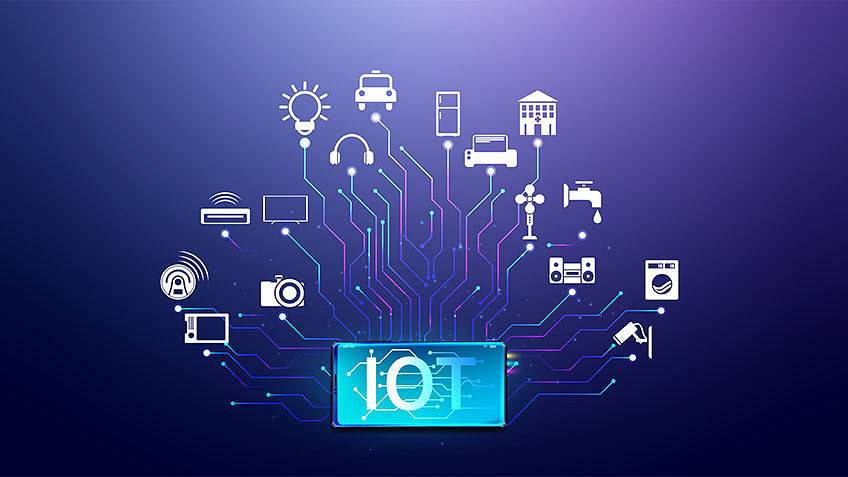Exploring technologies like Edge computing and the Internet of Things (IoT) might sound interesting. While you might be hearing these terms frequently, you should know what they are, and how they are related. In this post, we are discussing both these terms, demonstrating how they can be beneficial in crafting futuristic technologies.
What are IoT and Edge computing? The world of IoT encompasses a plethora of connected devices. Internet of things is all about connecting physical objects together via the internet. IoT refers to a mechanism of physical devices transferring or receiving data without any intervention of humans over a network. Right from healthcare systems to wearable to a common household fitting like a light bulb, IoT encompasses a wide range of connected objects. Typically, in a connected environment, there is a continuous process of sending, receiving, and analyzing data.
On the other hand, Edge computing takes place close to the physical location of the data source or the user. The process saves bandwidth resulting in lower latency. The users can take advantage by placing computing services close to the respective locations. In the process, they gain more reliable services, and improved user experience. Through edge computing, business houses can seamlessly distribute a common resource pool across several locations and scale up the centralized infrastructure. In this process, they can handle increasing volume of data and the number of connected devices.
Difference between an IoT device and an edge device Edge devices involve physical hardware components that are installed at remote locations. The infrastructure consists of adequate processing power, memory, and computing resources. This is enough to collect and process the data, besides carrying out real-time execution with assistance from different parts of the network.
IoT devices refer to physical objects that remain connected over the internet and serve as data sources. On the other hand, the data is collected and processed at the edge devices. You can consider an edge device to be a part of the internet of things in case there is enough space in the device, and is capable of computing to make decisions with low latency. The data can be processed in milliseconds.
How are IoT and edge computing related? IoT and Edge computing are related, as, without the latter, IoT would be depending solely on network connectivity. It would provide the services from a data center or from a cloud system. IoT devices can take the advantage of having massive computing power close to the data source or physical device. This data is processed at the edge devices ensuring faster responses. Therefore, Edge devices serve as a local processing center where the data is stored and processed.
Benefits and future scope of enabling edge computing for the internet of things (IoT) Integrating IoT and Edge computing, business organizations can benefit with lower loads on their networks, improved privacy and security, and lower exposure of data.
In future, these technologies can be used for data exchanges between edge and cloud systems and streamline analysis of data. Moreover, there might be a cloud-based deployment of applications for Edge computing.
Conclusion Although there are several advantages of incorporating these two technologies, there are challenges that deserve attention. Making necessary updates to IoT devices and Edge devices remotely would be a challenge.


